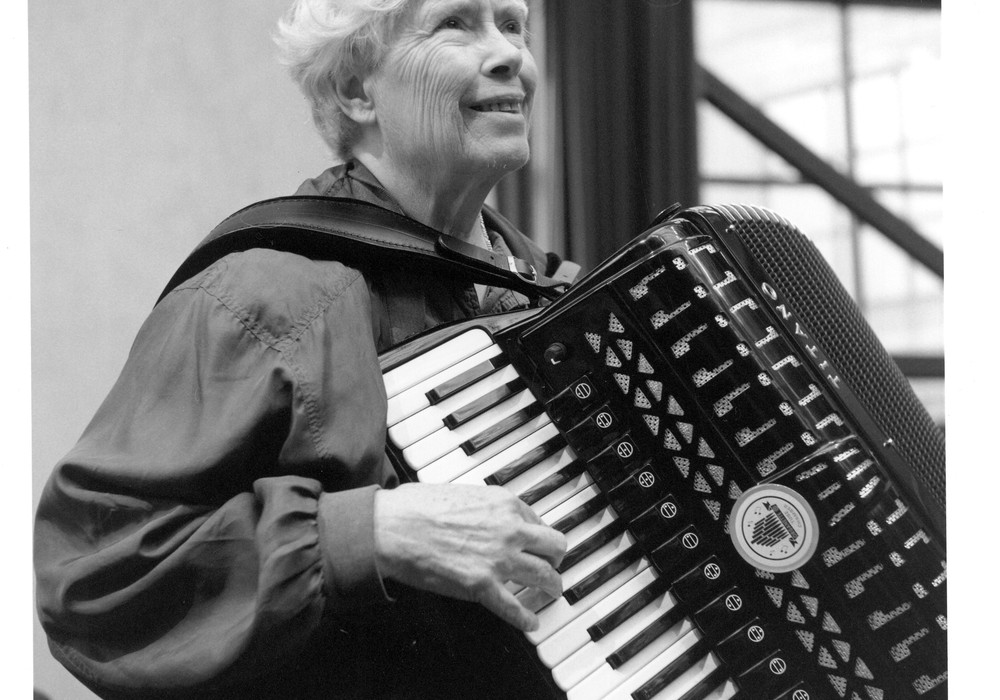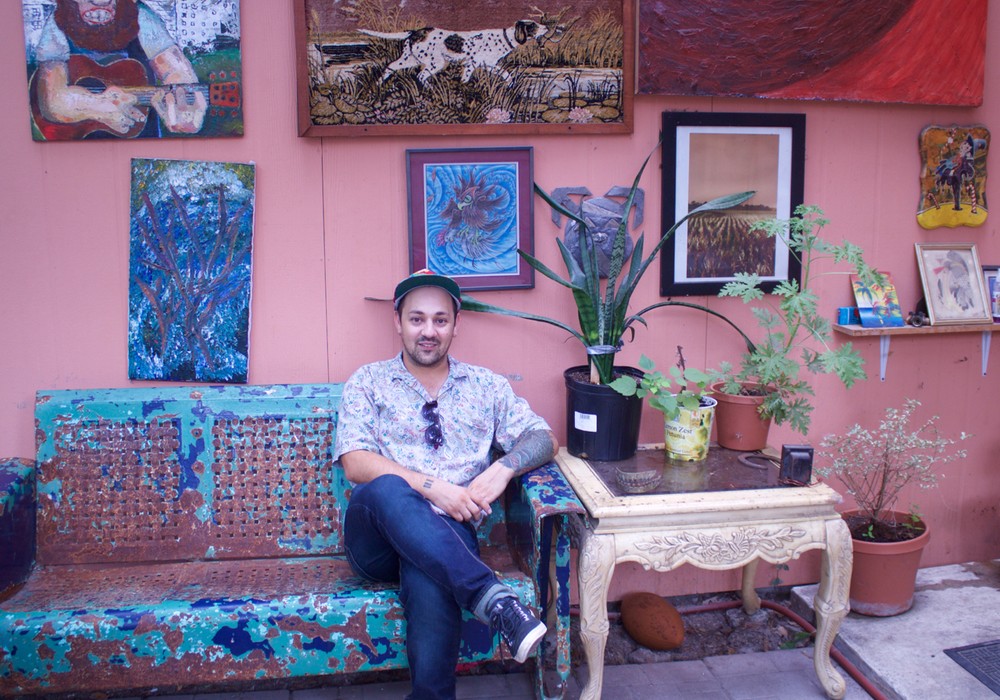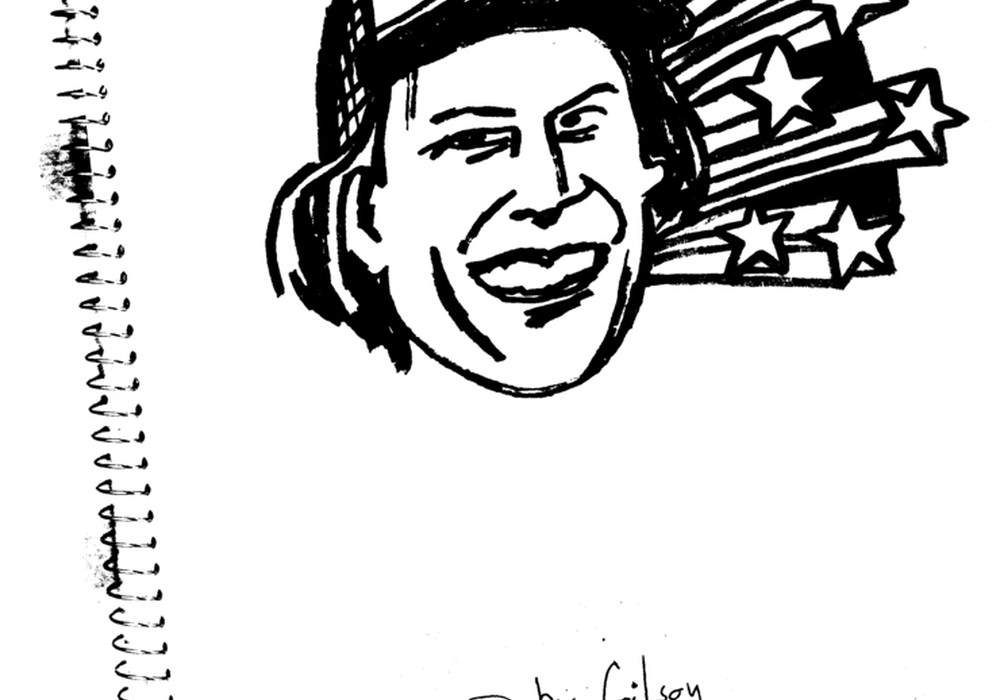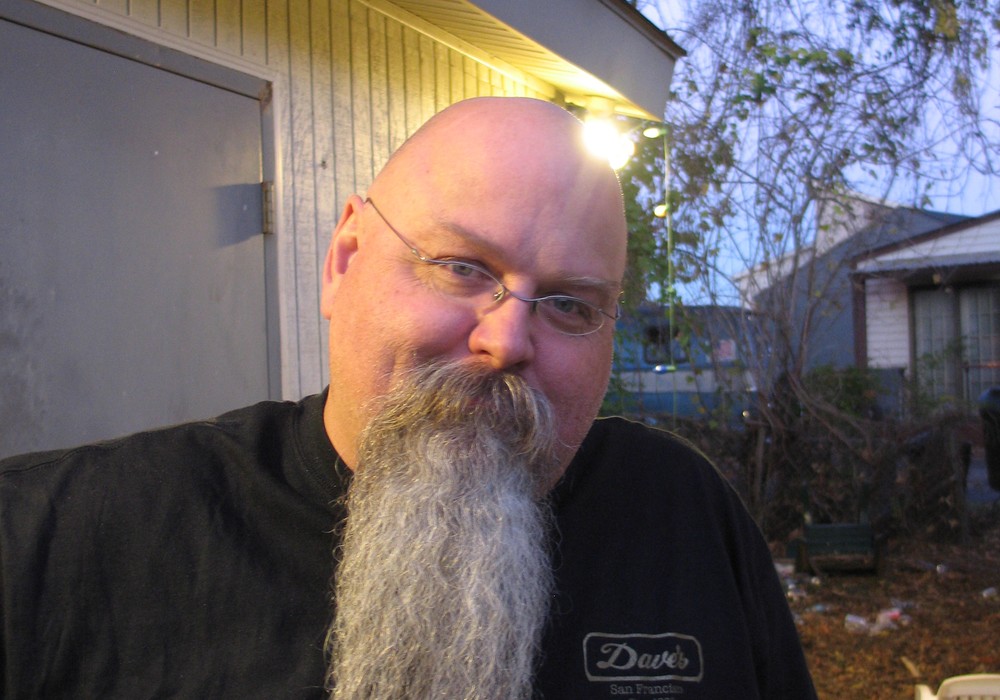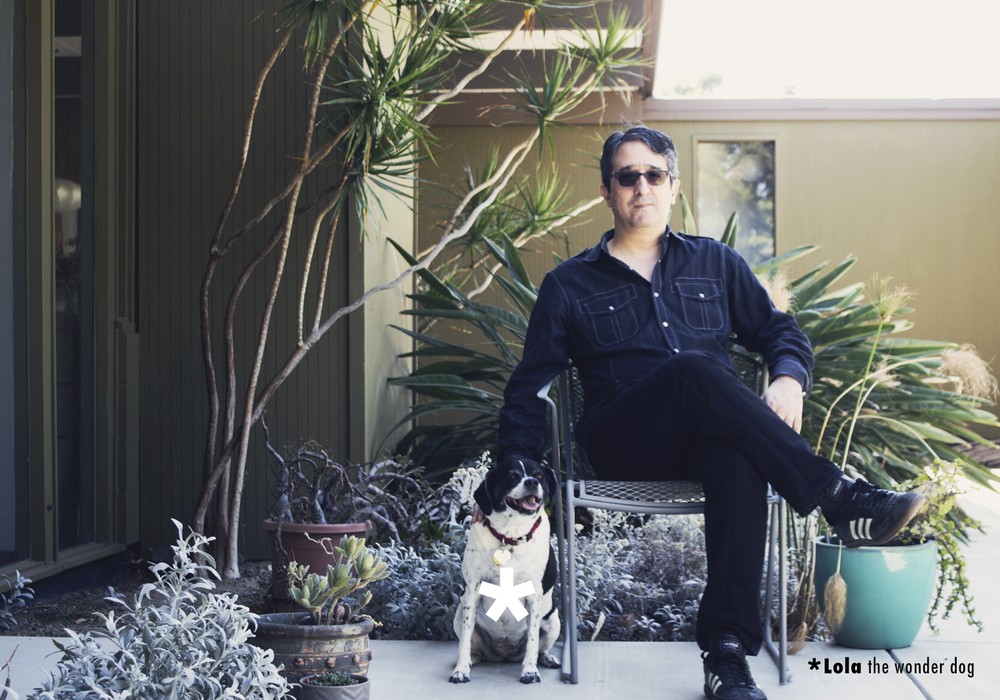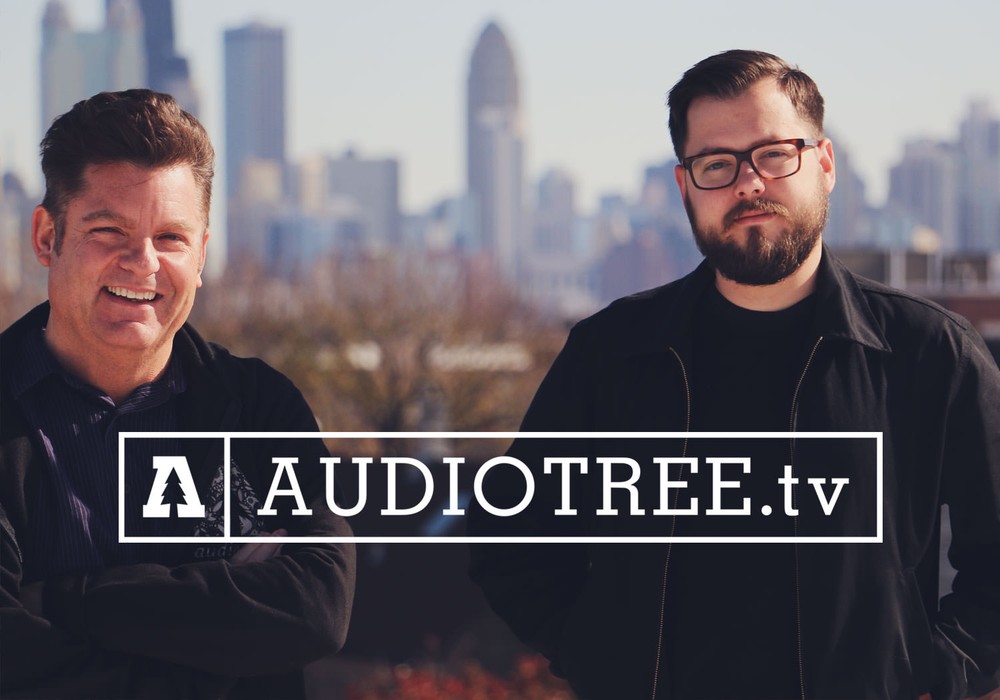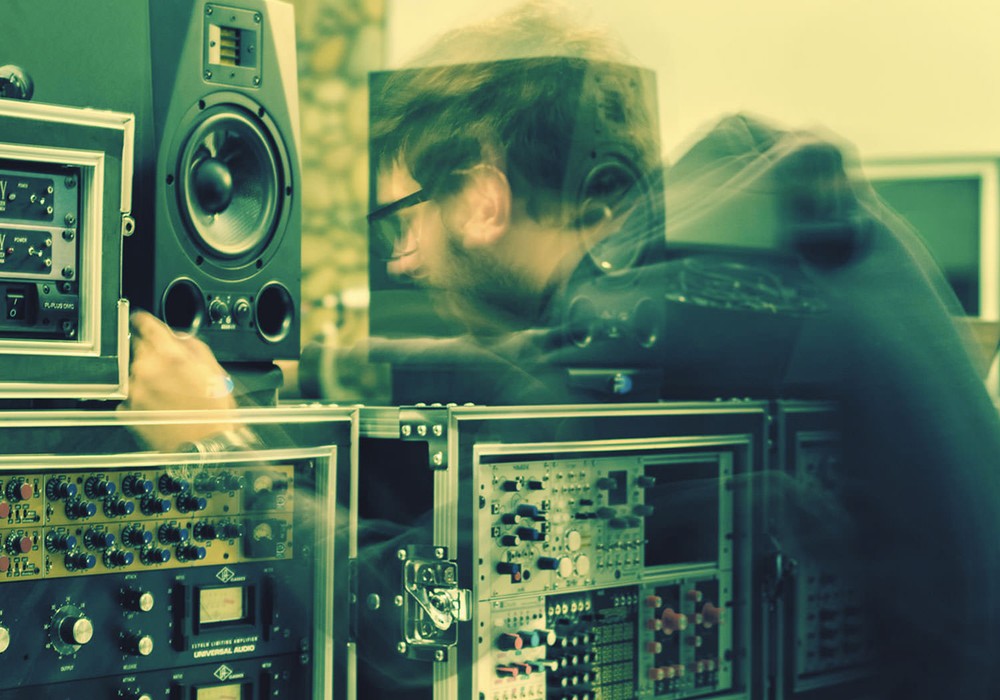Where did you grow up?
I’m from Milwaukee [Wisconsin]. The guitar player, Bob Metzger, who was in my high school band, went on to be Leonard Cohen’s guitar player for 25 years. This other singer, Fred Bliffert, did an album with Al Kooper [Tape Op #73] producing. It was amazing. From my high school band, the bass player played bass for Johnny Winter for ten years, and the singer became the head of the American Institute of Architects.
Did you end up on the East Coast because of college?
I went to Harvard. I was making a film, and I met Jonathan Richman. He came in with these people – Ed Hood and Rene Ricard – who had been in Andy Warhol movies. There was a Cambridge, [Massachusetts], contingent. I didn’t ever meet Edie Sedgwick; I was there just after the period she was in Cambridge. Jonathan came into my apartment with this group of people, raving about the Velvet Underground and The Stooges. I was making a movie for a documentary film class, and I decided I’d put him in the movie. It was about alienation and the ascension of corporate symbols. He was obsessed by old signs, like he loved the Esso sign but hated Exxon. He liked the flying horse of Mobil, and he loved the Howard Johnson sign, but he hated it when it got changed to HoJo. The first thing I did was I filmed him driving down Route 9 outside of Boston, pointing out the signs that he loved and hated. Then I recorded some music of his, and I was using it as the soundtrack of the movie. Ernie Brooks was in my room, and he kept saying, “These songs are really insinuating themselves into my head.” Jonathan was coming over and hanging out. Suddenly, both Ernie and I ended up joining the band [on bass and keyboards].
That’s fortuitous!
Exactly, yeah.
How long were you guys playing before going to L.A. to work with John Cale?
I joined in January of 1971. I dropped out of Harvard the second semester of my senior year to join The Modern Lovers. Actually, Ernie and I were able to sneak in a semester while we were in The Modern Lovers the following fall, because we weren’t playing that many gigs at that point. I spent a year and a half on my thesis and got a summa cum laude, which I would never have done without all that extra time. In the spring of 1972, Lillian Roxon wrote an article in the New York Post that started bringing all these people to come and see us. That was when we started what became The Modern Lovers, recording with John Cale and also with Allan Mason. I don’t know if anyone else ever did this, but I got both Warner Bros. and A&M [Records] to share flying us to the West Coast. We said, “We don’t just want to meet an A&R person. We need to meet the people we’ll be working with.” We came up and played some shows in Berkeley, [California], because Allan Mason was close to Matthew Kaufman, who [later] formed Beserkley Records. Then we hemmed and hawed about it, because we had so many offers. Eventually we signed with Warner Bros. and went back out and worked with John Cale again. By that point, Jonathan had started to move to his “Hey There Little Insect” and “quieter” rock and roll phase.
Right. It was a whole shift in how he wanted to play shows.
It was frustrating, because we were still trying to record what would be the first record. Kim Fowley produced some tracks after John Cale got so frustrated – Jonathan’s world philosophy had changed. He had a philosophy, coming out of high school, of being confrontational with the audience and loving these bands like Iggy [Pop, The Stooges] and Lou Reed who would famously confront people in the audience. He introduced me to that way of looking at music. I had played in much more average bands, influenced by the [Rolling] Stones, The Beatles, James Brown, and Rufus Thomas. I never thought I was going to be a...
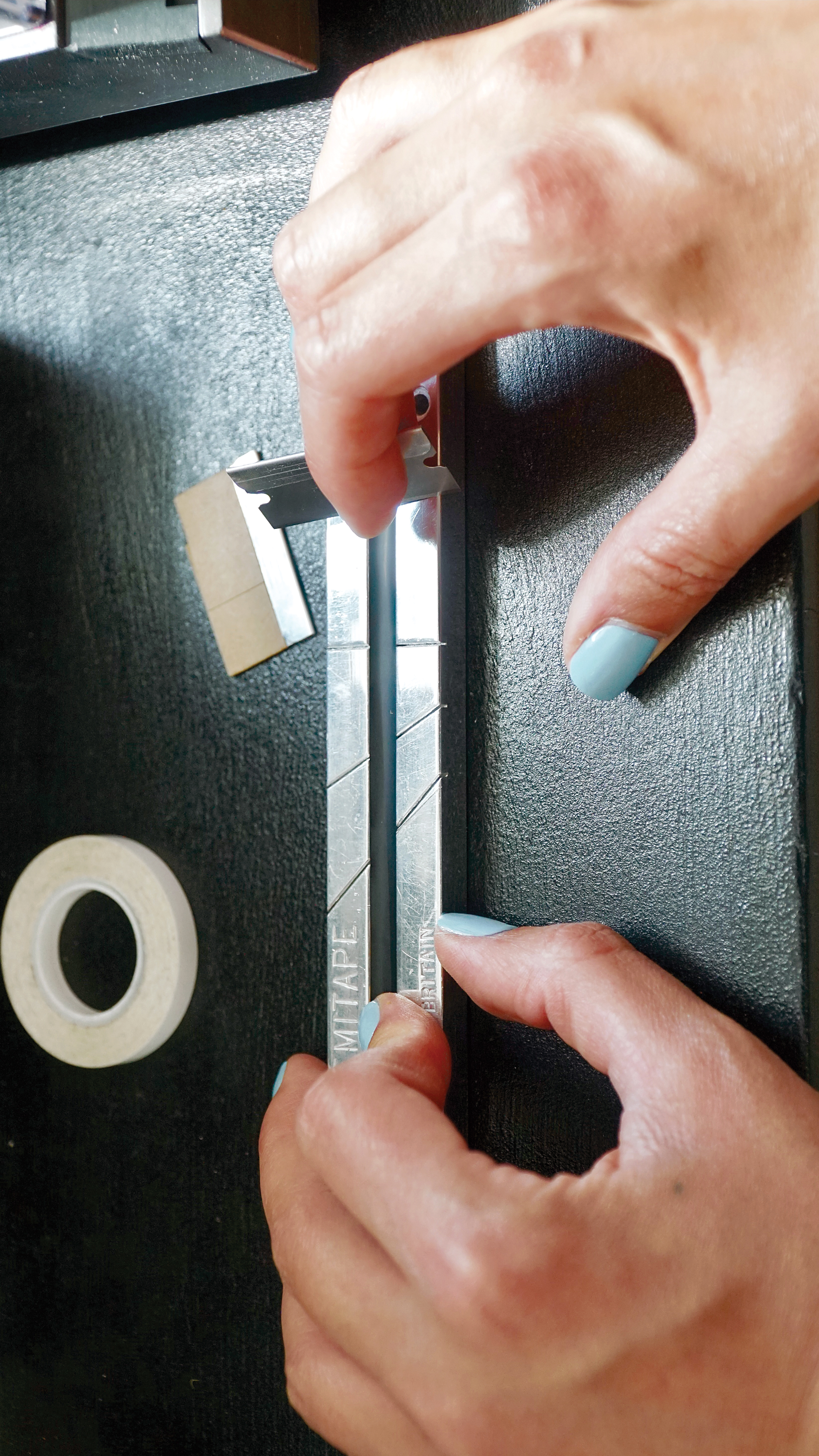

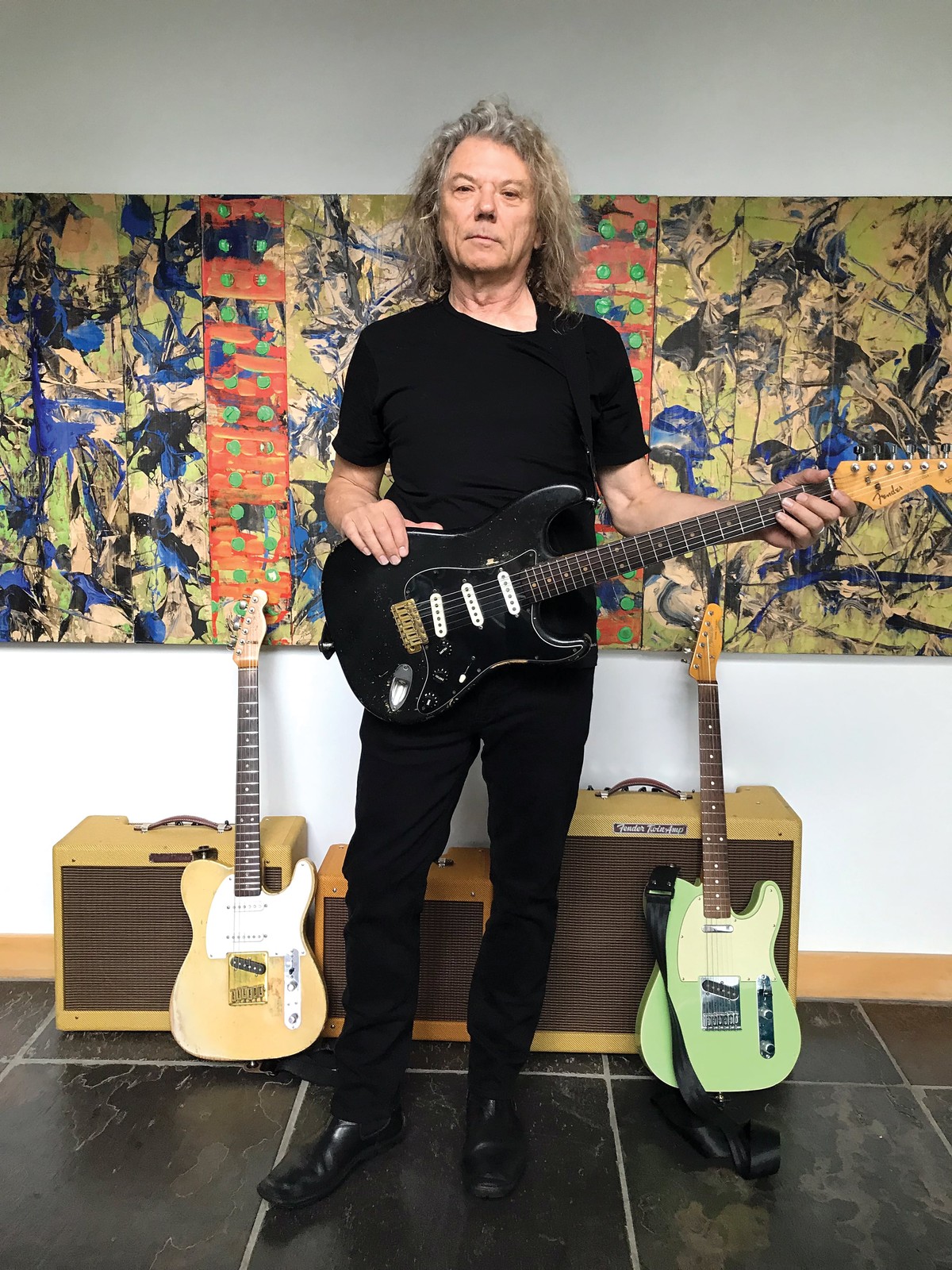
_display_horizontal.jpg)
